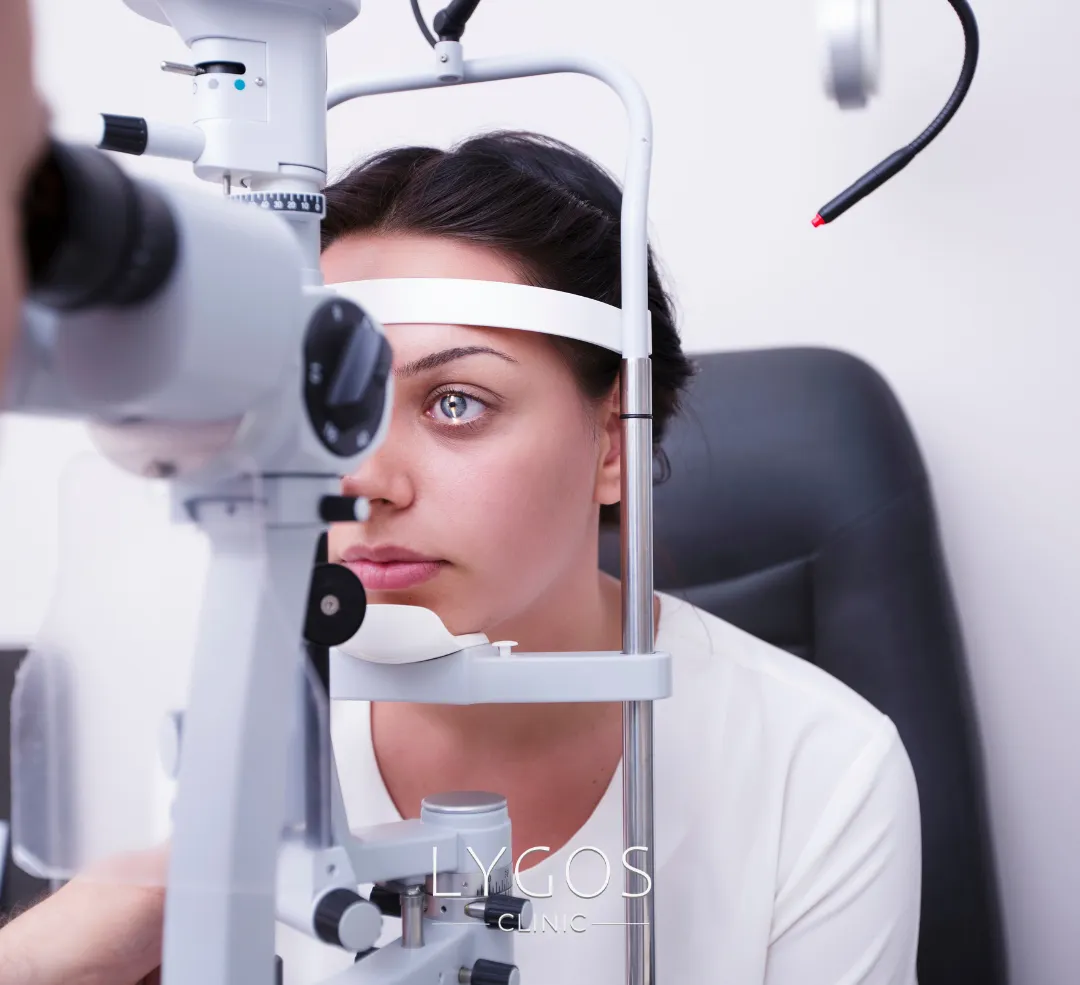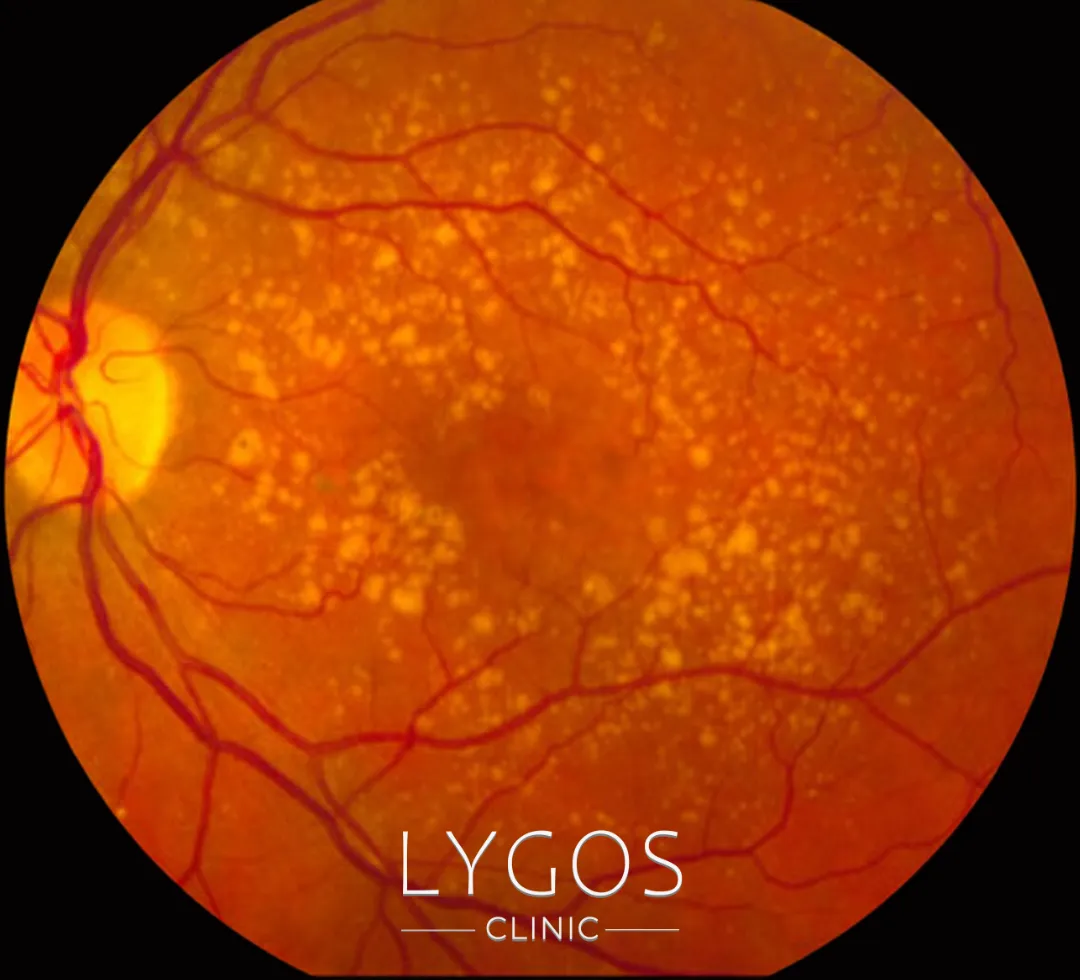What is Dry Eye?
Each layer has the task of protecting and nourishing the front surface of the eye. A deficiency in any of these three layers can cause tears to evaporate rapidly. As a result, tears are not evenly distributed over the cornea. This can lead to dry eye. To prevent dry eye, it may be necessary to support tear production and prevent the evaporation of existing tears. Depending on the severity of this condition, appropriate treatment methods can be determined to protect eye health.
Get a Free Consultation
Choose Your Topics

What are the Symptoms of Dry Eye?
There is more than one symptom of dry eye. This problem is a disease that manifests itself with uncomfortable symptoms such as burning, stinging and itching in the eye. This condition can vary depending on environmental factors, age and, rarely, gender.
The most common symptoms of dry eye include difficulty driving at night, increased sensitivity to light, blurred vision and discomfort when wearing contact lenses. Symptoms of dry eye also include eyelids sticking together, redness of the eye, feeling as if there is sand in the eye and frequent watery eyes due to irritation. These symptoms can negatively affect quality of life and make daily activities difficult.
Since dry eye can lead to more serious problems if left untreated, people with these symptoms should consult an eye specialist.
How Does Dry Eye Pass?
1. Clean and Moisturize Eyelids: Cleaning your eyes every day and moisturizing your eyelids can help prevent dryness. To loosen clogged oils and reduce dryness, wet a clean cloth with warm water and apply it over your eyes with your eyelids closed. It is important to perform this method with the advice of a doctor to get healthier results.
2. Use Tear Drops: Tear drops, ointments and artificial tears can help with dry eyes, even temporarily. However, artificial tears usually only relieve symptoms and do not fully resolve the underlying cause.
3. Wear Glasses Instead of Contact Lenses: If you suffer from dry eyes, try taking out your contact lenses and wearing glasses. This can be an effective way to give your eyes a rest.
4. Drink enough water: The body needs water to stay healthy and so do your eyes. Drinking at least 2 liters of water a day can help prevent dry eyes.
5. Keep Eyelashes Clean: Keeping eyelids and eyelashes clean can help prevent eye inflammation and irritation.
6. Blink More: Focusing on a single point for a long time can increase dry eye. Closing your eyes for 20 seconds every 20 minutes can help moisturize your eyes.
7. Take a Break from the Screen: Rest your eyes often when using a computer. This can be effective in reducing dry eyes.
8. Take Care to Keep the Environment Humid: A dry environment can increase dry eyes. You can use a cold steamer or place a wet towel over the heater to moisturize the environment.
9. Take Omega-3 Supplements: Omega-3 fatty acids help the oil-producing glands in the eye to function better. Fish, walnuts, flaxseed and vegetable oils containing omega-3 are rich in this respect.
10. Wear Sunglasses: You can prevent dry eyes by wearing sunglasses to protect against dry winds and environmental factors.
11. Change your diet: A gluten-free diet can reduce inflammation in the eyes and relieve dry eye symptoms.
12. Pay Attention to Sleep Patterns: Getting enough sleep helps regulate tear secretions and maintain eye health.
13. Avoid Cigarette Smoke: Cigarette smoke is a factor that triggers dry eyes and damages tear production. Staying away from such environments is important for eye health.
With these simple and effective methods, you can alleviate dry eye and protect your eye health. However, it is important to consult a specialist if your complaints persist.
How is Dry Eye Surgery Performed?
When the fat layer on the tear surface is regenerated, there is a significant improvement and relief in dry eye complaints. Therefore, dry eye surgery may be preferred. Before this procedure, which should be performed by a specialist doctor, the patient is examined.
In this way, it can be determined how big the problem is and which treatment method will be preferred. After all the planning is done, the surgery phase can begin. During dry eye surgery, anesthesia can be applied so that the patient does not feel any pain. In this way, the procedure is more practical and comfortable. After the procedures applied to the determined areas, dry eye surgery is completed.
After the procedure is completed in a short time, it is very important to follow the recommendations given by the doctor.

Dry Eye Treatment Methods
The main goal of dry eye treatment is to repair the damage to the eye, alleviate unpleasant symptoms and restore the healthy function of the eye. Dry eye treatment methods are generally divided into three main categories: medical treatment, punctum occlusion and surgical intervention.
Medical treatment is usually preferred as the first step. The most common solution here is artificial tear drops. These drops alleviate dryness by providing moisture where tears are lacking. There are many artificial tear alternatives available in gel form or as drops. In cases of dry eye caused by infection, antibiotic solutions can be used. However, it is not recommended to use such products without a doctor’s advice.
In cases where medical treatment is not sufficient, a procedure called punctum occlusion may be used to close the small ducts where tears are absorbed in the lower lid. This procedure offers an extremely simple and comfortable process for patients. In rare cases, medical and punctum treatments may not be sufficient. In this case, surgical intervention may be necessary. It is considered as the last stage among the dry eye treatment methods. This method aims to bring a permanent solution to dry eye. However, it is only preferred in cases of necessity.
Causes of Dry Eye
Dry eye is a common condition that can occur for multiple reasons. These factors are often associated with aging, medications, environmental influences and some medical conditions. As we age, tear production begins to decrease in both quantity and quality. This is an important cause of dry eye.
For example, a decrease in tear production with age can cause the surface of the eye to become insufficiently moist. Side effects of some medications can also cause dry eyes. In particular, antihistamines, decongestants, hormone replacement therapies, antidepressants and high blood pressure medications can trigger this condition. Similarly, prolonged contact lens wear can dry out the surface of the eye and cause discomfort.
Other factors that can lead to dry eyes include medical conditions such as allergies, rheumatoid arthritis, diabetes, lupus and thyroid disorders. Vitamin A deficiency can also negatively affect tear production. Past laser eye surgery can cause damage to the tear glands. This can lead to dry eyes. Environmental factors can also affect this condition.
External factors such as wind, smoke, dry air or habits such as staring at a computer screen for long periods of time can cause the eyes to blink less and therefore dry out. In conclusion, the main cause of dry eyes is a lack of tears. Tears are a mixture of water, oils and mucus. This mixture keeps the surface of the eye smooth and protected from infections. However, when, for various reasons, tear production decreases or its components become imbalanced, dry eye occurs.

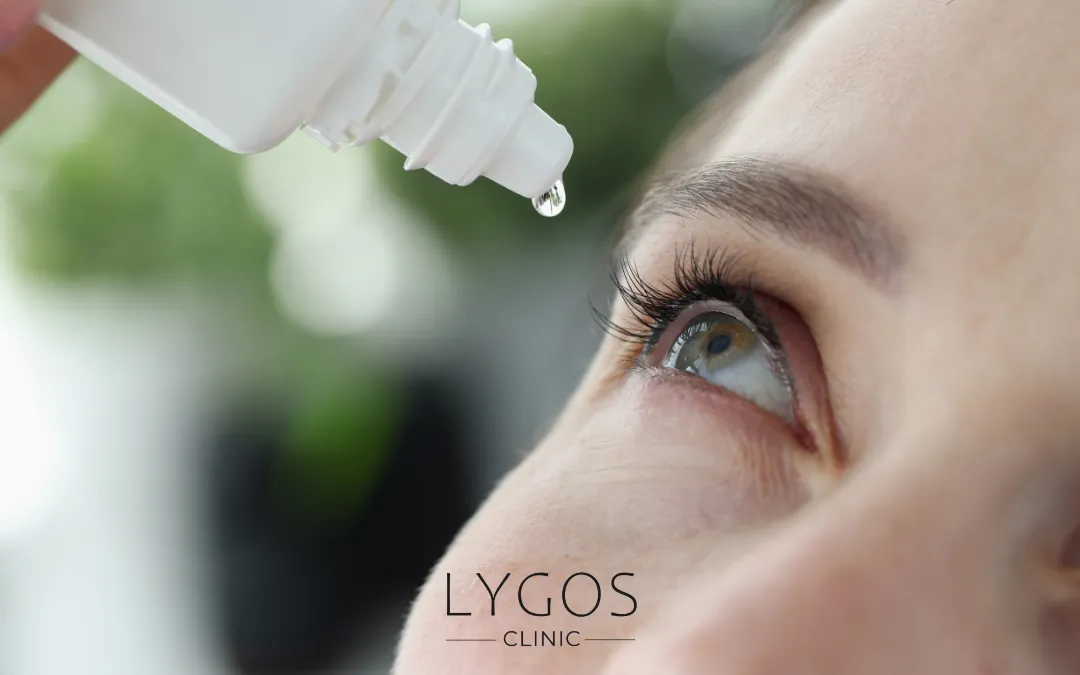
Drops for Dry Eye
Dry eyes are usually caused by the tear ducts not functioning properly. This results in the eyes not being sufficiently moisturized, leading to a feeling of discomfort. Fortunately, in most cases, dry eye can be managed with artificial tear drops without the need for further treatment.
The use of drops for dry eye is quite simple. However, it is important to apply them correctly to achieve effective results. Regular use of the drops is usually sufficient to provide the moisture the eyes need and relieve discomfort. Drops for dry eyes can be used once or more than once.
Dryness in the Corners of the Eyes
Dryness in the corners of the eyes can be caused by many external factors, from makeup habits to skin care products, from soaps to chlorine in swimming pools. Environmental factors such as wind and dust can also trigger this problem. However, some people are more prone to dryness in the corners of the eyes than others.
Especially those who live in cold climates, smokers, those with vitamin and mineral deficiencies such as vitamin D, vitamin A, iron or zinc may experience dryness in the corners of the eyes. Skin color can also be a factor. People with brown, black or very light skin color may experience dryness around the eyes more frequently. This problem may also occur as a side effect of certain medications. Therefore, it is very important to consult a specialist.
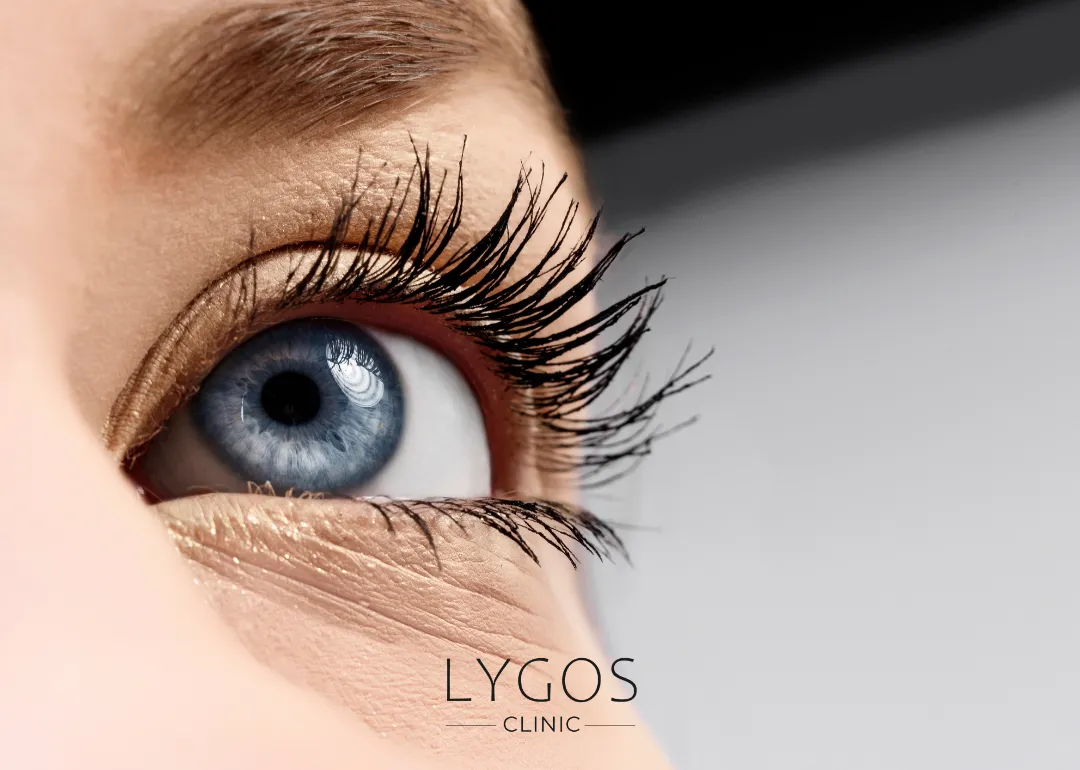

Dry Eye Laser Treatment Costs
Dry eye laser treatment costs are determined according to the needs of the patient. The size of the area to be treated and the quality of the equipment to be used may increase the costs.
At the same time, the equipment and location of the hospital where the treatment will be performed and the experience of the doctor also affect the dry eye laser treatment costs. If you want to get more detailed information on the subject, you can contact Lygos Clinic’s expert team.
Get a quote for dry eye surgery
Frequently Asked Questions About Dry Eye
Herbs that are good for dry eyes are as follows:
- Olive oil
- Patya
- Green Tea Extract
- Rezene
- Cucumber
- Lavender Oil
- Walnuts and Hazelnuts
BLOG

Benefits of Black Seed Oil | How to Use Black Seed Oil;?
Chose Your Topic Benefits of Black Seed Oil The benefits of black seed oil have been known for centuries as

What is Good for Menstrual Pain? | How to Treat Menstrual Pain?
Chose Your Topic What is Good for Menstrual Pain? Menstrual pain is a common issue that many women face every
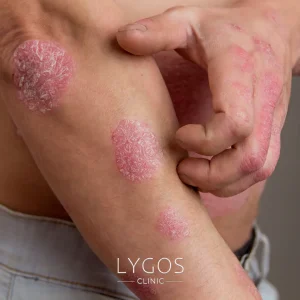
What is Psoriasis? | Symptoms and Treatment of Psoriasis
Chose Your Topic What is Psoriasis? Symptoms and Treatment of Psoriasis Psoriasis, which manifests through symptoms like skin flaking, redness,




